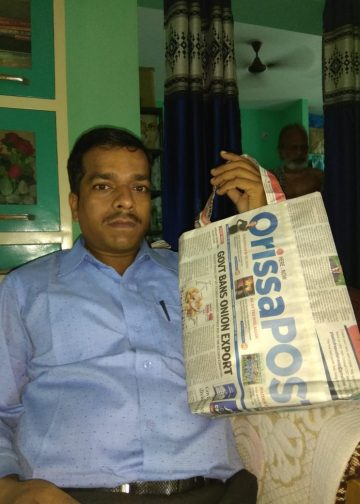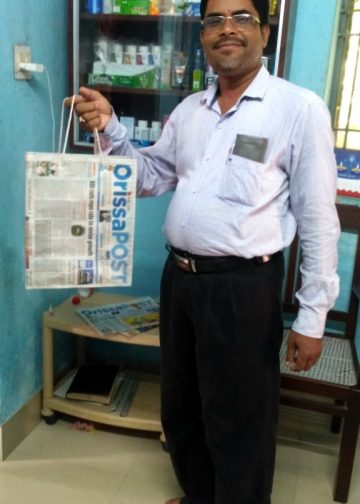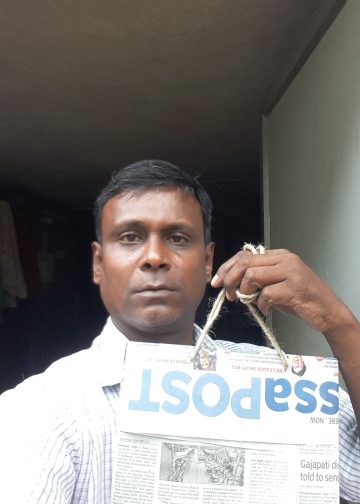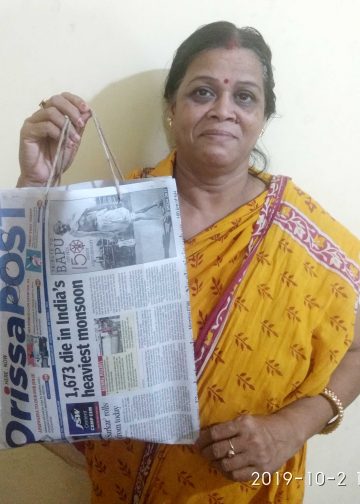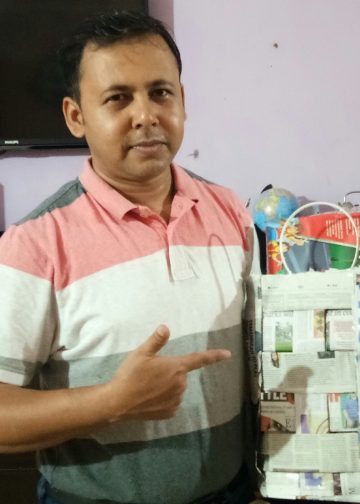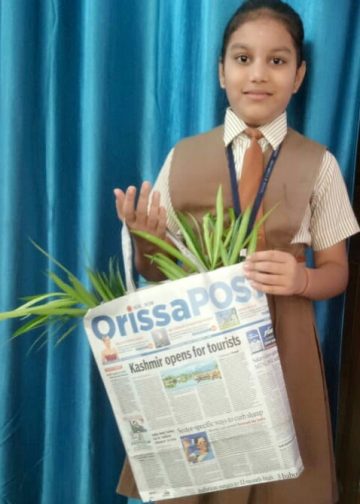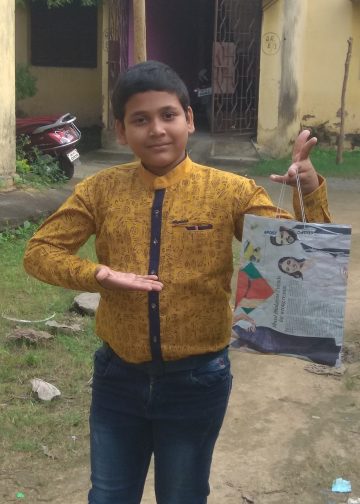A weekend trip to Sambalpur is meant to restore your hardwired nerves and help you retain mental and physical tranquility. It’s far from hectic or tiring. Sambalpur perfectly fits in the lazy holiday slot as here one never gets the feeling of time running out
Deepak Mahato
The temperature is soaring and spirits are sagging. This time of the year you long for a low-budget, lazy holiday. Well, pack your bags straight and chalk out a holiday trip to Sambalpur, a district located in the lap of nature in western Orissa.
Remember the trip is meant to restore your hardwired nerves and help you retain mental and physical tranquility, so it would be far from a hectic or tiring one. Sambalpur perfectly fits in the lazy holiday slot as here one never gets the feeling of time running out. Spread across a total of 6,702 sq/km located between 210 27’ north latitude and 830 58’ east longitude and elevated at a height of 150.75 metres above the sea level, the district is dotted with a clutch of attractive tourist getaways.

During your trip you will have a great date with history, spend some splendid time in the parks, take a hearty splash in the world’s longest earthen dam and Asia’s largest artificial lake, the Hirakud, walk with tigers and, if lucky, witness the rare scene of a peacock dancing somewhere down along the long stretch.
The district is well-connected with other important cities of the state and even neighbouring states like Chhattisgarh and Jharkhand. Sambalpur has good transport facilities – both commercial and public. People residing in either of the twin cities can reach Sambalpur by driving around 280km via NH-42. If you are not comfortable driving then you can hop into a train. Get off at any one of the four railway stations Sambalpur (Khetrajpur), Sambalpur Road, Hirakud and Sambalpur City.
On reaching Sambalpur city you can take a few hours’ break in your cozy hotel room. After the short break hire local transport to visit various sites or go for marketing within the city. Do definitely visit the Gole Market in the city where you get to have the traditional handwoven saris which are tie-dyed before weaving.
After moving around the city on the first day, start your second day by first visiting the temple of the Sandhara order, the Samaleswari Temple devoted to Samalei Maa on the banks of the Mahanadi. Made of granite, the temple is divided into two separate structures. The temple architecture, including the square sanctum sanctorum preserving the deity, is covered circumambulation supported with 12 stone pillars.
Also make sure you visit the famous Huma Temple or the leaning Shiva Temple. Both the temples are around 20 km from the city. After offering prayers at the temples move straight towards the Hirakud Dam around 15 km from the city. To reach the dam you can hire a private taxi – the fare’s reasonable. During the hot days as you approach the dam you feel the cool breeze from a distance kissing your sweltering forehead.
The sight of the world’s largest earthen dam and the artificial lake spread over about 26 km will definitely mesmerise you. We are lucky to be born in the era of digital photography. Only a few decades back, clicking stopped due to the shortage of rolls.
You can visit the dam and lake throughout the year, but the moods in the different seasons are different. In the hot summer days you will witness the ‘lost temples of Hirakud Dam’, while in winter the exotic foreign birds visiting the lake will capture your keen attention.
The lost temples are the ones which got submerged in the dam after its construction. The temple structures are only visible during the hot summer days when the water level of the dam recedes. According to locals more than 200 temple structures are submerged in the dam. One can use binoculars to view the ‘lost temples’ or take a boat ride to get a close view of the temple structures. If you are fond of water and want to discover how the temples look like underwater, go for scuba diving. The best time to do this is during the months of May and June.
Do not forget to visit the cattle island situated in the extreme point of the reservoir located near Kumarbandh village, around 90 km from Sambalpur. One can access the nearest village by road but a boat journey to the island is breathtaking. The journey is relaxing and gripping. According to locals, the island came into existence after a hill which once had a considerable population submerged in the water. People left behind their cattle in the island during the resettlement process. The animals here, though descendents of tame cattle, are completely different. They are larger and swifter then their tamer counterparts.
And, yes, while in Sambalpur make sure you visit the Debrigarh Wildlife Sanctuary and the Ushakothi Wildlife Sanctuary. At Debigarh you’d get to spot exotic birds like the red crested pochard and the great crested grebe found in large numbers. You can also choose to spend a night with the wild animals in the sanctuaries in one of the eco-tourism cottages. But do positively get the DFO’s permission.
Ushakothi Wildlife Sanctuary houses wild predators like tigers and leopards. If you miss to sight them in the very first day, book a room in the forest guesthouse. If your pocket permits book a personal guide who can take you to places where the king of the jungle and other wild beats reside.
If you still have time visit the Budharaja Temple, Pataneswari Temple, Budhimaa Temple, Balunkeswar Temple, Loknath Temple, Liakhai Temple, Satyabadi Bariha Temple, Batmangala Temple, Timini Temple, Siphon Bridge, Chiplima, Gudguda Waterfall and Deojharan Waterfall.















